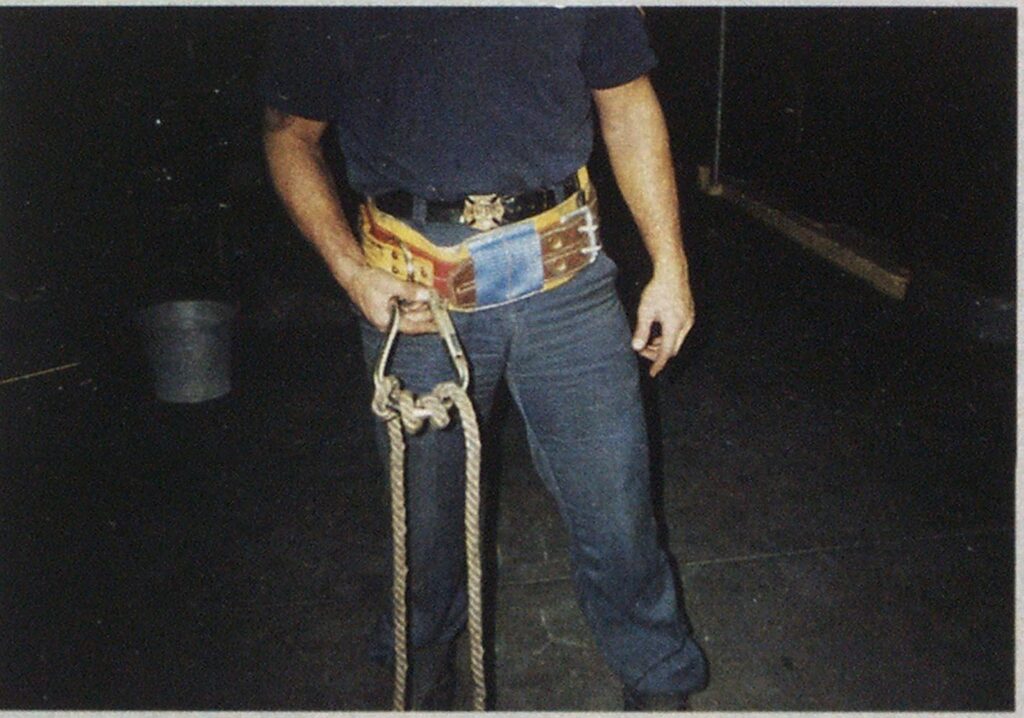
TRAINING PAYS OFF
TWO RESCUES IN THE SKY
Rope rescue is one of the most difficult challenges firefighters face. Firefighters in New York City are introduced to ropes, life-saving belts, personal harnesses, and a variety of evolutions designed to train members to perform rope rescues with the proficiency demonstrated by FDNY Firefighters Kevin Shea and Patrick Barr on May 14. This introduction begins in probationary training and continues throughout a firefighter’s career. Daily and weekly drills emphasize the importance of maintaining these rescue skills.
Training for FDNY members begins with basic rope knot tying and progresses to lowering members from a training tower window and rooftop. Members are instructed in self-rescue with the life-saving rope, life belt, and personal harness. Recruits must lower other members, be lowered by other members, and single-slide in self-rescue from the 75foot-high training tower to graduate from training school.
Probationary firefighters are issued personal harnesses as part of their gear and instructed in rescue techniques using them. The Rope Unit, part of the Training Division, issues the harnesses and ropes and is responsible for training.
The harnesses are worn by members while on duty, and the personal rope (4() feet of ⅛-inch eight-strand plaited nylon) is carried in a rope pouch that members store in their turnout coats.
Standard operating procedures charge the roof man with the responsibility of ensuring that a life-saving rope and a life-saving belt are part of his tools/equipment and are brought to the roof or floor above the fire floor in case a rope rescue is required. Each year in New York City members perform a number of successful rope rescues. This article shows two of the most dramatic. Last month a member of FDNY received the highest medal of valor for performing a difficult rope rescue in Harlem during a fire operation.
Proficiency in rope rescue is not achieved in one training session. A number of training evolutions are included in our training manuals, including lowering a firefighter from a rooftop or window to a victim with the personal harness, life-saving belt, and life-saving rope. The method used in this article is called “lowering a member via life-saving rope and life belt.” The member is secured with a bowline on the bight and lowered to the victim’s location. This method allows the rescuer to have both hands free. In most instances the victim is panicky, and understandably so, and either will leap onto the rescuer or grab for him when he comes within reach. Byhaving both hands free, the rescuer can secure the victim with a bearhug hold for a safer descent.
Communication is maintained with the member lowering the rescuer by another member on the roof or at the w-indow, who directs the operation from that vantage point. Teamw ork is the key and is emphasized during training.
The success of this type of rope rescue operation was recognized by the British fire service when a 10member team from FDNY was invited to demonstrate the technique at “Fire International 89” in Birmingham, England. Included on the team were six members who had performed successful rope rescues during fire operations. The experience enabled team members to interact and observe techniques used by British and other European fire rescue teams. As one of the team leaders, I found it gratifying to see our members perform with precision a proven technique that has saved numerous lives.







